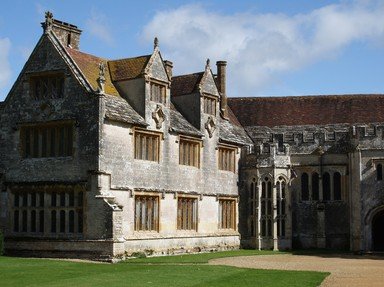Quiz Answer Key and Fun Facts
1. What charges led to the beheading of Henry VIII's second wife, Anne Boleyn?
2. How did Henry VIII's third wife Jane Seymour die?
3. Why was Henry VIII's second Lord High Chancellor, Thomas More, beheaded?
4. Which offense was no longer punishable by death in the reign of Edward VI?
5. Why was Lady Jane Grey beheaded on Mary Tudor's orders?
6. How did Archbishop Cranmer die under Mary Tudor?
7. Did Elizabeth I have the Earl of Leicester - her unsuccessful military commander - beheaded?
8. Did Elizabeth ever behead a Lord High Chancellor, thus taking after her father Henry VIII?
9. What role did Elizabeth I play in the execution of Mary Stuart?
10. Elizabeth disapproved of the Puritans.
Source: Author
tiffanysgal
This quiz was reviewed by FunTrivia editor
bloomsby before going online.
Any errors found in FunTrivia content are routinely corrected through our feedback system.

